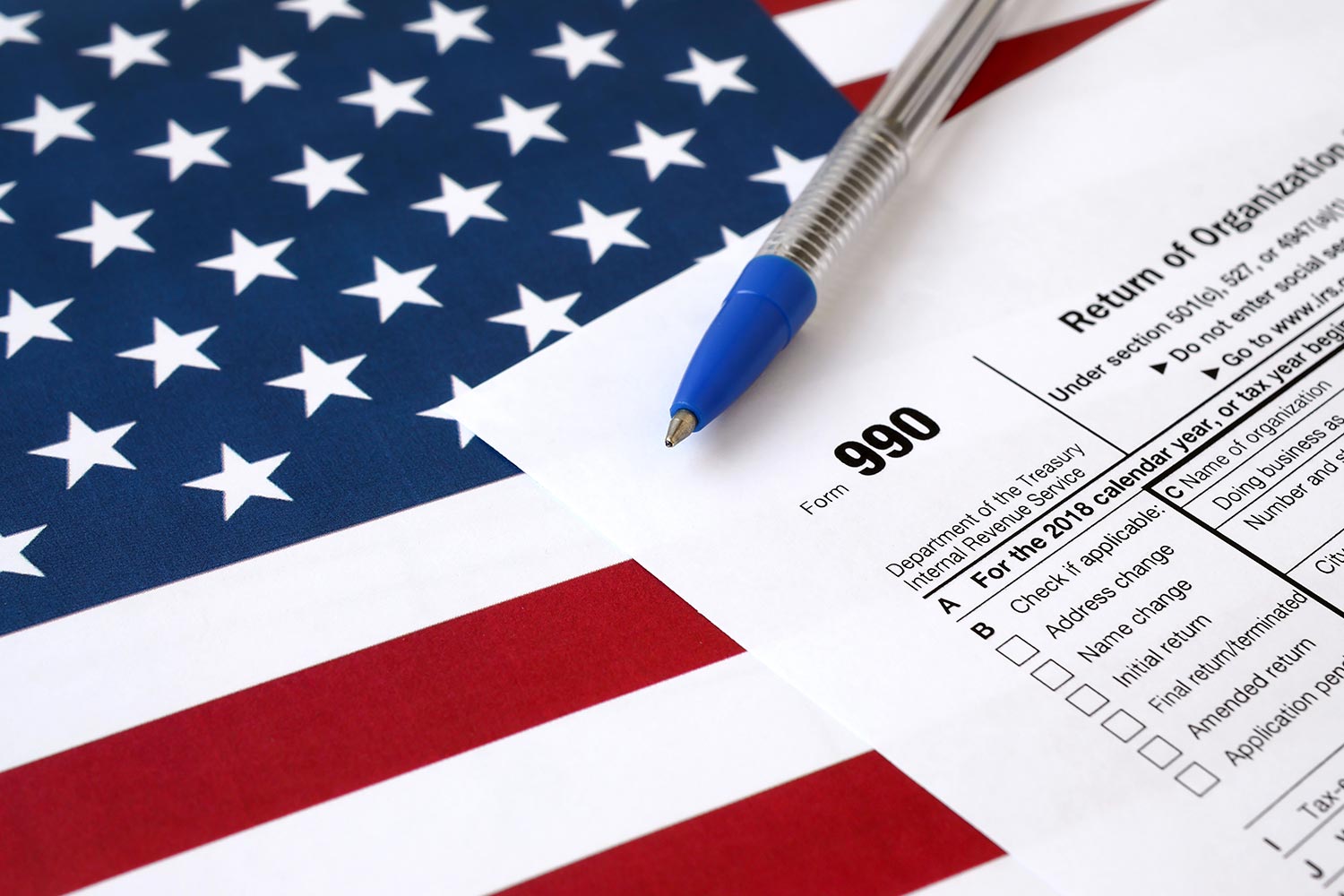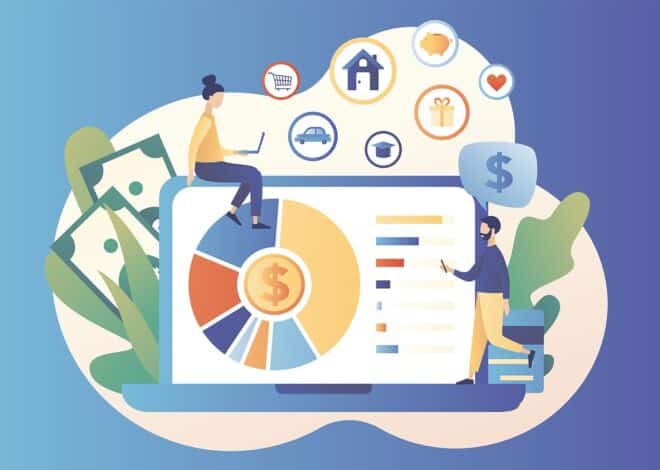New 990 Software Release on July 20: Is It Enough?
The 990 Online software issue and a modest investment that would ease the implementation burden for nonprofits nationwide

With the threshold lowered, many nonprofits will confront Form 990 for the first time.
When my wife Debbie was executive director of a North Carolina senior center, she remembers “plowing through the 990 paper forms and instructions, trying to figure out what went where. We couldn’t afford to hire a preparer and even though we had a CPA on the board, he didn’t provide any help. I wondered if I could go to jail if I did this wrong!”
Sadly, this experience is mirrored in many community nonprofits.
The IRS estimates that it would take a novice preparer 158 hours to learn the regulations and complete the new Form 990: equivalent to dedicating a full-time employee to this task for a month.
It’s likely that by 2010 more than 250,000 small nonprofits — those with income of under $500,000 but still required to file — will have to struggle with the staffing and/or outsourcing costs of Form 990. With the threshold lowered, many will confront Form 990 for the first time, and nonprofits of all sizes will be dealing with a substantially different Form.
At the same time, the revised Form 990 carries more weight than ever, as more people view them on the web. As the Independent Sector views it, “The revised Form 990 is much more than a financial document: it’s the primary source of information about your governance, operations, and programs available to government regulators, the press, and the public.”
From two pages in 1941 to 11 core parts and 16 schedules
Indeed, over its seven decade history, the IRS 990 has evolved into something far different from the initial two-page version of 1941. One of the three guiding principles of the 990 redesign was to minimize the burden on filing organizations. Yet, with an 11-part core form that can trigger up to 16 separate schedules (subsidiary forms), the new 990 is much more intricate than its predecessors.
The expansion of the 990 is due in large part to the new governance (board of directors) objectives that are included in the 2008 990 for the first time. Though compliance with these governance objectives is not legally required, the IRS wants to monitor the degree to which nonprofits follow these practices. But translating such objectives into accurate completion of Form 990 is not straightforward, and many organizations will be left unsure of which way to turn, especially since the governance guidelines are the same for large and small organizations.
One way nonprofits often manage the complexity and costs is to outsource 990 preparation: approximately 75% of forms are completed by outsourced professionals. (Another core principle of the original 990 was that it could be completed by staff without requiring a preparer or auditor’s help!) The expanded questions on governance, compensation, insider transactions, and business with related organizations — along with more emphasis on narrative descriptions — has increased the time that both nonprofit clients and accounting practitioners will need to gather and process information. Organizations that employ the “SALY” (Same As Last Year) approach to answering questions do so at increased peril.
Commercial software friendly for experts only
Software packages supporting Form 990 are available at affordable license and per-return fees, but generally require a skill level possessed only by accounting and tax professionals. Like many packages, my personal choice, UltraTax CS, has the integrated features needed for efficient preparation. The Intuit ProSeries software allows QuickBooks users to link account balances to a specific 990 form location, and may speed things up for experienced tax practitioners, but requires significant expertise.
Accordingly, many organizations find themselves in a difficult position: either struggling to learn the new forms and instructions at increased risk of an incomplete or inaccurate return, or opting for costly outsourcing to a professional firm.
To support ease-of-use filing by the nation’s individual taxpayers, the IRS partnered with commercial vendors in its Free File program. As a result, about one-half of individual taxpayers can prepare and file their returns online using free, user-friendly software. To create similar tools for nonprofits, in 2004 the Urban Institute developed such software named “990 Online,” welcomed so enthusiastically by nonprofits that more than 11,000 990s were completed using the software by only its third year; of these, almost 80% were also filed electronically.
Access and technical support is currently free to organizations with income under $100,000 and costs up to $75 for organizations above this level. You can create a user account at no cost, evaluate the 2007 program, and sign up for notification of the 2008 release, by visiting https://efile.form990.org/.
But with the dramatic changes beginning with the 2008 form, will the Urban Institute be able to sufficiently improve 990 Online so that it is a solution for the many thousands of small nonprofits when they face the redesigned 990 for the first time while it’s phased-in between now and 2010??
The Urban Institute’s 990 Online should be applauded as a welcome step toward eliminating some of the grief and financial burden of completing the 990 as well as preparing nonprofits for the eventual requirement that all 990s be filed electronically.
However, rebuilding 990 Online to support the IRS form redesign in a user-friendly way will cost money. Tom Pollak of the Urban Institute is grateful for the Mott Foundation’s $300,000 development grant, but revision of 990 Online depends on attracting additional outside support for development, and for marketing to expand user volume that will limit user fee increases.
“990 Online is not a TurboTax® for nonprofits,” noted Bill Levis, a senior Associate at the Urban Institute. “It requires the user to be a knowledgeable 990 preparer.” To move 990 Online to a TurboTax-like “questionnaire-style” (rather than sequential style) will require additional dvelopment and testing funds.
990 software would cost less than $3 for each nonprofit user
With all the buzz about how nonprofits should increase transparency and be more efficient, a modest annual investment that supports and improves the new 990 Online would be, in effect, a substantial grant to each one of the 500,000 charitable nonprofits that file a 990 each year. Even at an annual cost of $1 million for programming and support, the cost would be less than $3 per nonprofit.
We need our nonprofit sector leadership to press for financial support to develop user-friendly 990 software. Specifically:
- Nonprofit coalitions and umbrella organizations should ask the IRS to support nonprofit accountability and efficiency by making small funds available to the Urban Institute and/or others developing such software. The IRS can build on the successful ways it has partnered with commercial vendors to provide individual tax return software to similarly partner with vendors to provide 990 software. Consider using the sample letter below to be signed by your coalition or association.
- Foundations and foundation associations must make grants to further improve and promote use of 990 Online software, and ask Congress to support this inexpensive accountability initiative. Foundations have a weak spot for high profile, splashy efforts. This effort in contrast combines a low profile and low cost with exceptionally high impact; software that will significantly reduce compliance costs for every nonprofit that files the 990.
- As nonprofits we need to raise the issue to our coalitions, networks and associations and ask them to support the development of the new 990 software.
- All of us can contact political bodies that support such exempt sector issues. Write a sentence or two about how your organization experiences the 990, and ask them to partner with the Urban Institute to further develop and sustain 990 Online.
The IRS Exempt Organizations Division is currently accepting comments on the redesigned 2008 Form 990 by email at Form990Revision@irs.gov. A sample letter then can be sent to the IRS and to your Congressional representatives:
Sample letter to IRS
Dear ___ (IRS or Congressional representative): Each year our nonprofit spends dozens of hours and thousands of dollars in the preparation of Form 990. Your own office estimates that it will take 158 hours per organization for the preparer to learn the Revised 990 and to complete the return.
The National Center for Charitable Statistics at the Urban Institute has been a leading advocate for the electronic filing of the 990 and is currently striving to provide exempt organizations with user-friendly 990 preparation software that supports efiling. It can be reasonably estimated that the annual cost of further developing and supporting this software would be less than $3 for every exempt organization required to file Form 990.
Such software would not only make 990 compliance less costly to the organization, it would also improve 990 accuracy and make it far less expensive to post 990s online — thereby increasing transparency and accountability to the American public.
Accordingly, I/we ask for your support of such further efforts to reduce the filing burden as promised as part of the 990 redesign project. Sincerely, _______.
Express your support of 990 Online to by sending an email to Form900Revision@irs.govÂ
and let the The Urban Institute know of your support by copying your email to: tpollak at ui.urban.org
Tom Pollak, Senior Research Associate
Center for Nonprofits and Philanthropy, the Urban Institute
In closing, aside from the few nonprofits with complex tax law issues, there is simply no good reason why any nonprofit with an appropriate bookkeeping system should not be able to prepare a complete and accurate 990 without disproportionately burdensome costs. If you haven’t tried 990 Online, try it after the July 20 launch, and stay in touch with developments. After reading a draft of this article, my wife was moved to write a letter to our state’s Congressional representatives. I hope you’ll join us in this effort to significantly reduce the financial burden and staff impact on all nonprofits filing the 990 in 2010.
P.S. I didn’t help my wife with her organization’s 990 because we hadn’t yet met. Now that I’m out of public accounting and “rewired,” I’ve found it rewarding to volunteer with nonprofits.
See also:
- Six Things Every Board Member Should Know About the New 990
- Sarbanes-Oxley and Nonprofits
- 990 Online from the Urban Institute
About the Author
Dennis Walsh, CPA, volunteers his post-retirement time helping North Carolina nonprofits with accounting concerns, work for which he recently received the Community Service Award from the Guilford Nonprofit Consortium. He shares his expertise nationally with nonprofits through Blue Avocado. Through the Deborah and Dennis Walsh Foundation, he has also published “Legal & Tax Issues for North Carolina Nonprofits” and Man From Macedonia, a memoir by civil rights leader Aaron Johnson. Dennis also authored the Blue Avocado article Nonprofit Bookkeeping Test, which is one of the ten most viewed Blue Avocado articles of all time. Dennis can be reached through the Micah Project. A version of this article was published by the Planned Giving Design Center.
Articles on Blue Avocado do not provide legal representation or legal advice and should not be used as a substitute for advice or legal counsel. Blue Avocado provides space for the nonprofit sector to express new ideas. Views represented in Blue Avocado do not necessarily express the opinion of the publication or its publisher.












Its cool
Its cool